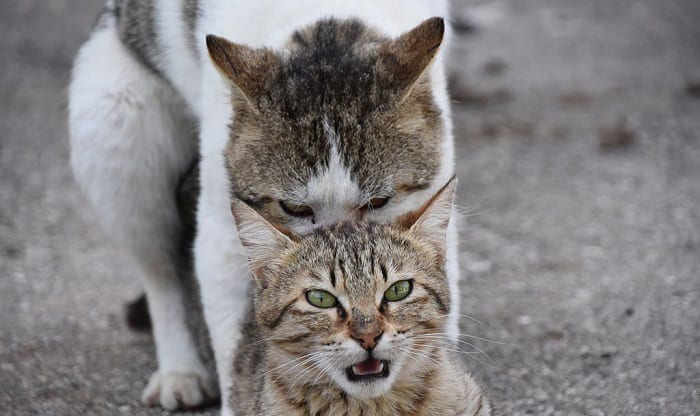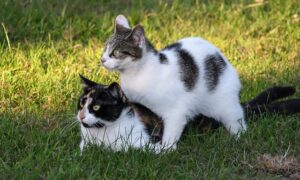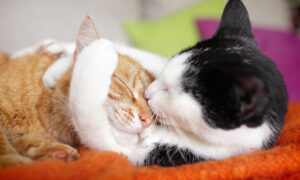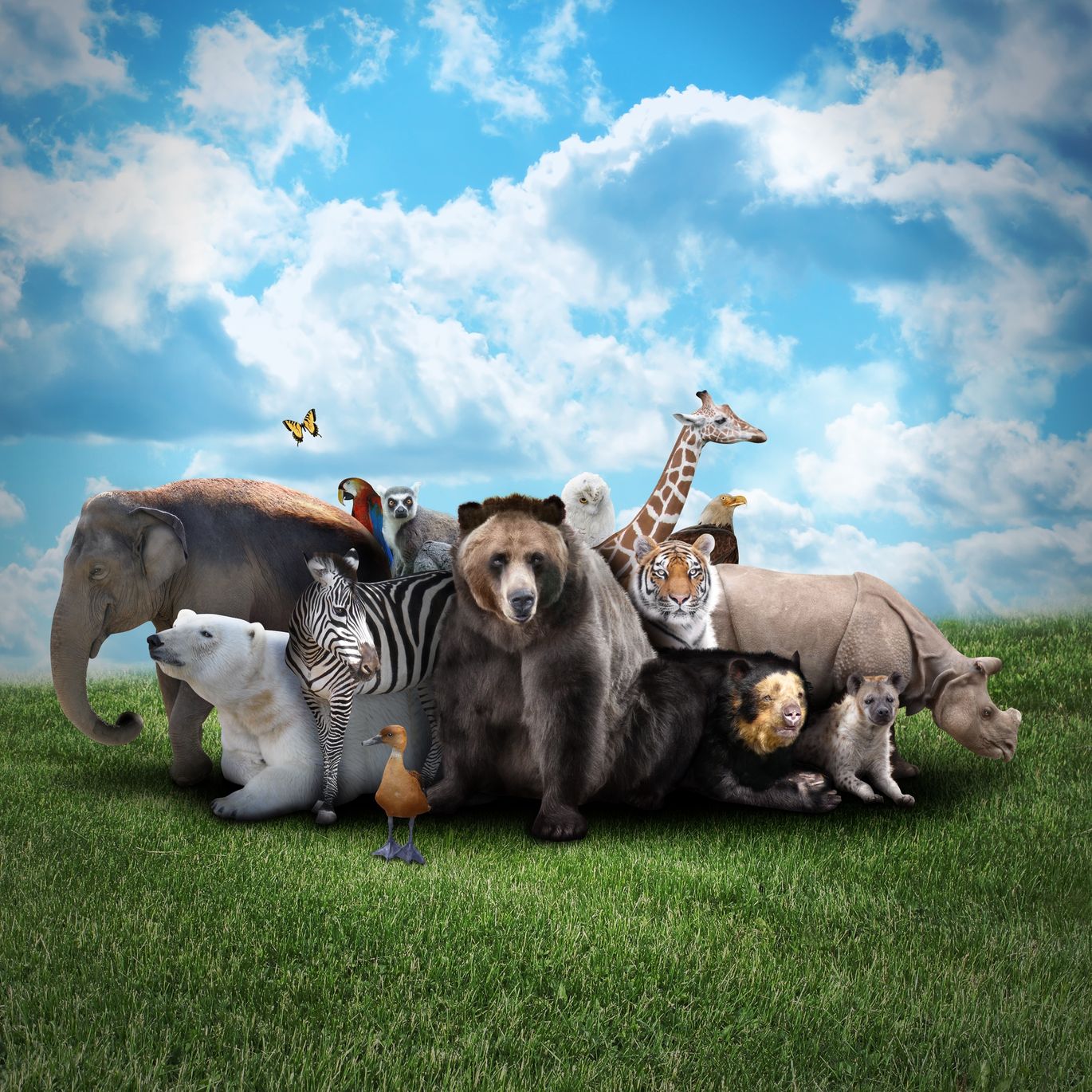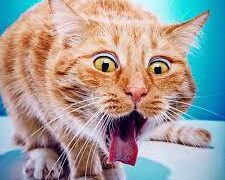Time of Year for Cat Mating? Understanding Feline Reproduction
Cats are known for their independence and sometimes unpredictable behaviors, especially when it comes to reproduction. Unlike many animals that have specific mating seasons, such as deer or birds, domestic cats have a unique approach to mating. In this article, we will explore the nuances of feline reproduction and discuss whether there is a particular time of year when cats are more inclined to mate.
Cats: Non-Seasonal Breeders
(Time of Year for Cat Mating)
Unlike seasonal breeders, such as some birds or mammals, domestic cats are considered non-seasonal breeders. This means that they do not have a specific time of year when mating is more likely to occur. Instead, several factors influence when cats may mate:
1. Environmental Factors:
- Climate: Cats in regions with milder climates may exhibit less seasonal variation in their mating behavior and can potentially mate throughout the year. In contrast, in areas with distinct seasons, there may be a noticeable increase in mating activity during the spring and early summer when the weather is more favorable.
- Daylight Hours: The number of daylight hours can influence a cat’s reproductive behavior. Longer daylight hours, as seen in the spring and summer months, can trigger increased mating activity.
2. Indoor vs. Outdoor Cats:
- Indoor Cats: Indoor cats are less exposed to environmental changes, which can result in a more consistent mating behavior throughout the year. They may be more likely to mate year-round.
- Outdoor Cats: Outdoor cats are exposed to natural light and temperature fluctuations, which can influence their mating behavior. They may exhibit more seasonality in mating, with increased activity during spring and early summer.
3. Heat Cycles (Estrus):
- Female cats experience heat cycles, also known as estrus, which typically last around 7-10 days. During estrus, a female cat becomes receptive to mating. These cycles can vary in frequency and intensity among individual cats. Some female cats may cycle multiple times a year.
4. Mating Behavior:
- When a female cat is in estrus, she may display behaviors to attract male cats, such as vocalizations and assuming a mating position. Male cats, on the other hand, do not have a specific mating season and may attempt to mate whenever a receptive female is available.
Recognizing Cat Estrus (Heat)
(Time of Year for Cat Mating)
Understanding the signs of cat estrus can help determine when a female cat is most likely to mate. Signs of estrus may include:
- Vocalization: Increased vocalizations, often described as yowling or howling.
- Affectionate Behavior: Increased affection and rubbing against objects or people.
- Restlessness: Restlessness and agitation.
- Assuming a Mating Position: The female cat may assume a posture known as “lordosis,” where she raises her hindquarters and lowers her front end.
- Scent Marking: Increased scent marking, including rubbing her scent glands against objects.
Conclusion
In summary, cats are non-seasonal breeders, meaning they do not have a specific mating season like some other animals. Instead, their reproductive behavior is influenced by various factors, including environmental conditions, daylight hours, and individual factors. Recognizing the signs of estrus in female cats can help cat owners and breeders understand when mating is more likely to occur. If you have questions or concerns about cat mating or reproduction, consulting with a veterinarian or experienced breeder is advisable.
Read More:Calming a cat in heat:Effective Strategies and Tips

